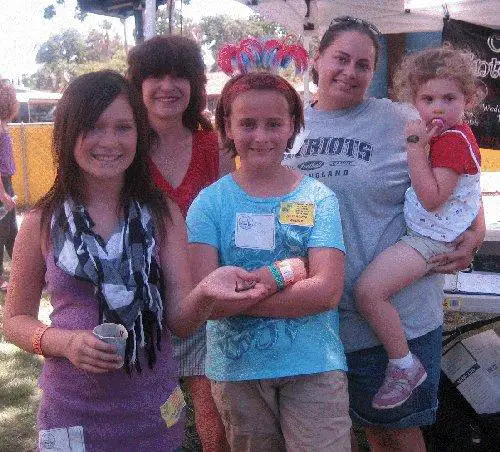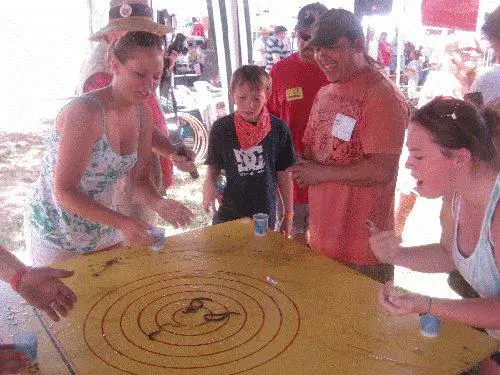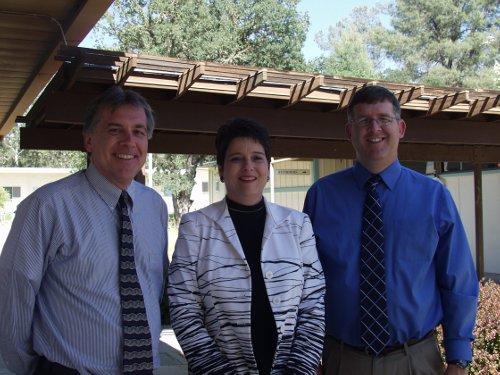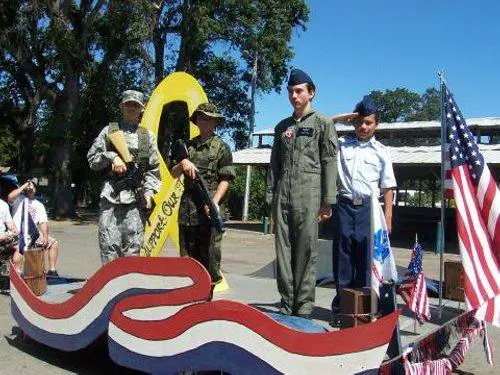
My neighbor Chris works at my local grocery store and told me he would like to see a column and recipe on barbecue sauce.
It was still winter when he told me that, but since barbecue sauce is thought of as a summer thing I liked the fact that I would really have some time for experimenting.
It was easy to understand why he would want a barbecue recipe; he’s one of those people who has friends, likes to entertain all of the time and barbecues outside for them. Me being a misanthropic curmudgeon, you can count the number of people who have been to my house on one hand.
There is enough information about barbecuing and barbecue sauces to fill many books so I won’t be able to cover everything in this short column, but hopefully you’ll get some new insights.
Researching different barbecue sauces turned out to be very entertaining. I found that all barbecue sauces have one thing in common and that is ... nothing at all.
There are regional sauces for Kansas City, St. Louis, Owensboro, Memphis, Texas, the Carolinas, “Southern” and Cajun, even Argentinean (now that’s southern!).
China has a barbecue style sauce called Hoisin that is a favorite at my house. There are barbecue sauces that revolve around unique ingredients like mustard, maple, vinegar, cola, root beer, fruit, whiskey, bourbon, chipotle and honey. There is even an Alabama white barbecue sauce, which is basically mayonnaise with vinegar and hot sauce.
Alabama white barbecue? The sauce is made and used in a certain restaurant in Alabama and it has several copycats. I just don’t get it, personally. Although I have dated women from the Southern states (one girlfriend actually thought “Damn Yankee” was one word and a noun), I will never understand southerners or certain facets of their cuisine. I don’t understand the fascination with NASCAR either so I’m probably the one in the wrong here.
Barbecue as we know it was created in the Caribbean, but the American Southern states adopted it and I may even say perfected it over the past couple hundred years. It has been useful for social occasions, feeding slaves and political rallies.
The American South came to revolve around the pit. But while it is a staple of that region, almost every nation, culture and ethnic group has their own version of barbecue. South American countries like Chile and Argentina are also very passionate about the culture of the grill.
I love to grill and barbecue but I always have the historical facts and gross details going through the back of my mind as I do. Trust me, we’ll get to them today.
While barbecuing and grilling are closely related they are not the same thing, and insinuating so in the American South would be fightin’ words; Southerners take their “’cuein” very seriously. It would be like walking up to a win maker and saying that Sauvignon Blanc and Chardonnay wines taste the same.
Barbecue is the act of slow cooking over many hours in a low heat with plenty of wood smoke. It also usually involves some sort of spice rub or sauce that is applied before the cooking process.
Grilling is cooking on a rack over different types of charcoal or gas.
The act of barbecue was created in the Caribbean as a way of slow cooking tough meat so the connective tissues break down and moisturize the meat, making it more palatable.
There are many conflicting stories about the invention and evolution of barbecue, and since there aren’t many written records from that time and area we may never get the entire story.
What we do know is that chunks of meat were sandwiched between racks of green sticks and slowly cooked for hours until it was moist and tender. The fire was made in a pit and while some foods cooked underground others were cooked on the racks above.
This slow way of cooking was called a barbacoa (in some aboriginal dialects of the Caribbean) and the slow cooking and smoking process itself was called buccan (in other dialects).
Pirates traveling through the Caribbean during the early years of its discovery adopted this manner of buccan cooking and eventually became known as “Buccaneers.”
The word barbacoa is still being used in Mexico to describe a type of cooking underground with hot rocks and maguey or banana leaves, similar to Hawaiian imu cooking.
The Buccaneers preferred to cook goats and pigs with this method while many of the native tribes used it to cook rival tribes' people. Yes, you read that right, the origins of barbecue come from cannibalism. Since human flesh cooks and tastes similar to pork cannibalistic tribes call humans “long pig.”
There is a story about how the word barbecue came from the French “Barbe a queue” which means “Beard to tail,” and another anecdote says it came from American bar slang for “Bar, Beer and Cues (billiards),” but both have been discredited. Those French, always trying to take the credit for creating a great thing. There is also a story (discounted) on how the French invented sushi so you can see the pattern.
The invention of barbecue sauce is a mystery to the unbiased. Asking who created barbecue sauce is like asking who Jerusalem belongs to. Not only will you get a dozen different answers and all of them have valid claims but by the end somebody is throwing out threats of war.
There are stories of Christopher Columbus bringing a sauce from the Caribbean, and stories of its invention in colonial North America. South Carolina-style vinegar, mustard and black pepper barbecue sauce has been traced back to 18th century German immigrants and it appears that most barbecue sauces evolved from that original creation.
The mustard-based sauce was enhanced with ketchup in the early 1900s when ketchup became commercially produced, the pairing first made in possibly Virginia or Georgia. Commercial barbecue style sauces didn’t become popular until the 1950s.
So the barbecue sauce that you get in the grocery store is a relatively new arrival in the culinary scene. Although North Carolinians also claim the invention of the original sauce, we Californians may look at the feud and wonder, “What’s the difference? They’re both Carolinas!” But I’ll warn you, barbecuers are fanatics! Ask one for their recipe and the subject of how you are going to die WILL be discussed. The discussion on barbecue to southerners can be compared to asking a Californian, “Which city has the best restaurants, Los Angeles or San Francisco?”
So with my neighbor Chris in mind, I wanted to create a unique barbecue sauce that could represent Lake County – something that when you taste it would make you think that it represents the Lake County flavor.
I tried to make a barbecue sauce for grilling bass or catfish and trust me, you don’t want to drive down that road. What did I come up with instead? Pear barbecue sauce made with fresh pears and pear champagne.
This recipe works best if you have a food mill. If you don’t have a food mill ... well, buy one; it will change the way you cook.
With this recipe, putting it through a food mill will easily remove all the tomato seeds, tomato and pear peels, etc.
If you absolutely don’t want a food mill you could smash the cooked mixture through a sieve or strainer with fairly good results but, trust me, you want a food mill.
Lake County pear barbecue sauce
4 pears, seeded and coarsely chopped
3 large tomatoes (or 9 Romas), coarsely chopped
2 cups Lady of the Lake Pear Champagne
1 medium onion, coarsely chopped
1 large clove garlic, smashed
1 cup rice wine vinegar
1 cup brown sugar
1 teaspoon Dijon mustard (optional)
½ teaspoon chipotle powder
Put all of the ingredients in a two quart stockpot and set to high heat. Bring to a boil (uncovered), then reduce heat and simmer for two hours.
When the contents have reduced by half, turn off the heat and let cool for a few minutes.
When mixture is cooled and not dangerous to handle, put through a food mill.
Put strained sauce in the blender and puree, or use a stick blender to smooth it out to desired consistency.
Put into a container and allow to sit at least 24 hours to let the flavors meld.
Ross A. Christensen is an award-winning gardener and gourmet cook. He is the author of "Sushi A to Z, The Ultimate Guide" and is currently working on a new book. He has been a public speaker for many years and enjoys being involved in the community.

 How to resolve AdBlock issue?
How to resolve AdBlock issue? 


















